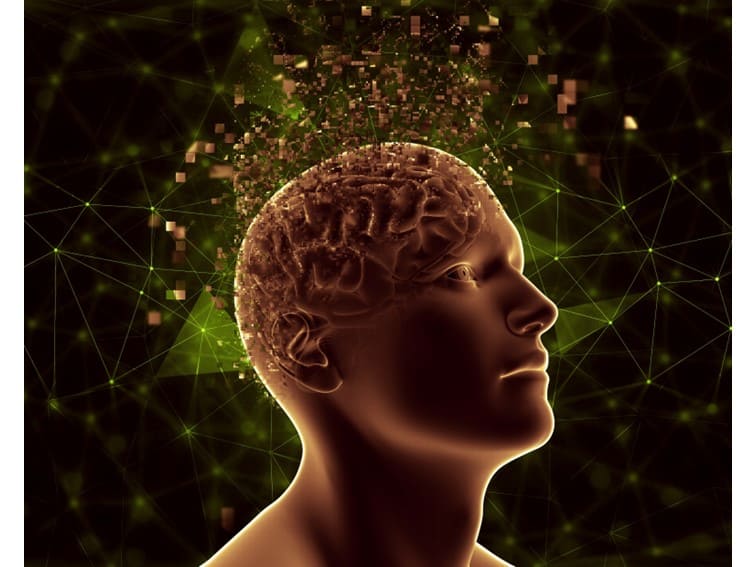Epilepsy is a group of related disorders in the brain’s electrical systems that are characterized by a tendency to cause recurrent seizures.
Thank you for reading this post, don't forget to subscribe!Seizures cause changes in movement, behavior, sensation, or awareness, including loss of consciousness or convulsions, which last from a few seconds to a few minutes.
Symptoms
Most patients equate epilepsy with convulsions, but epileptic seizures can produce many different symptoms; two large groups of seizures are termed partial and generalized. Symptoms may range from whole body convulsions to simply staring into space to barely noticeable muscle twitching.
Each type of seizure has a distinct set of symptoms; the following are some of these types of seizures and their symptoms:
Absence Seizures
Absence seizures produce symptoms of disconnection from surrounding stimuli; the patient appears “absent from their body” and stares off vacantly for a few seconds and then appears normal and has no memory of the incident. These types of seizures may begin about age 4 to 14; some patients may experience many per day.
Some children and a few adults may have absence seizures for years before they are diagnosed because they last for such a short period of time and caregivers or relatives may not notice the seizures.
Generalized Tonic Clonic Seizures
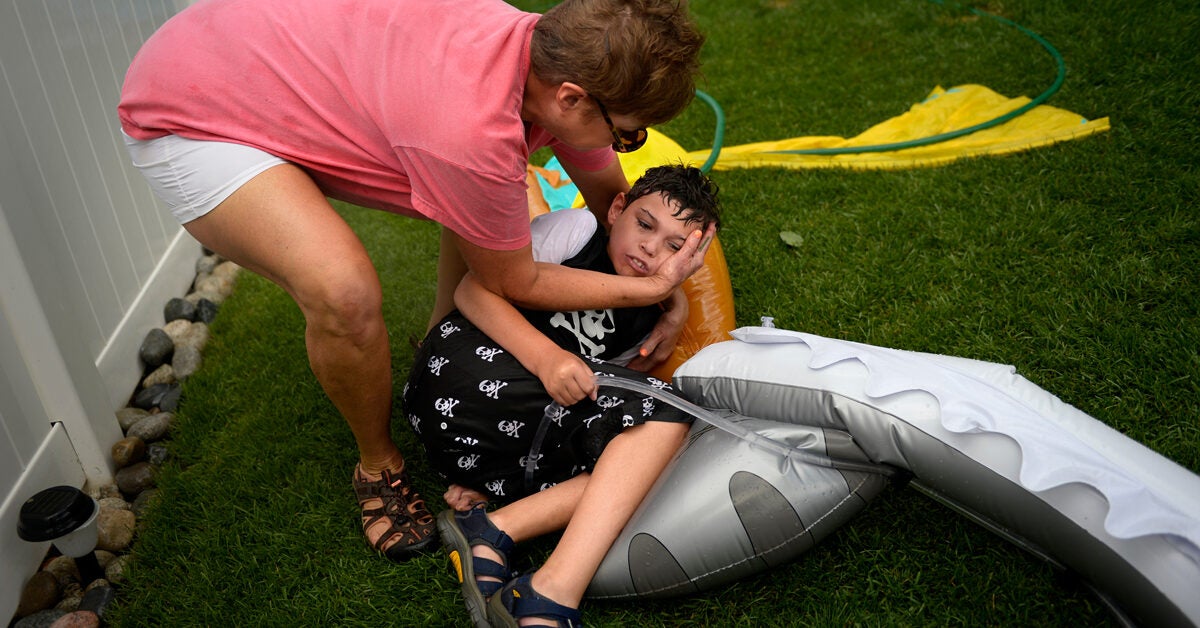
In contrast to absence seizures, generalized tonic clonic seizures (grand mall seizures) are easily recognized. These seizures usually begin with stiffening of the arms and legs followed by jerking motions of the limbs. Many people may fall from a standing position when the seizure occurs; bladder or bowel control may be lost, and the person may bite their tongue and/or cheek tissue. The convulsions may last up to about three minutes, after which the person may be feel weak and confused.
Tonic clonic seizures that last more than five minutes constitute a medical emergency.
Partial Seizures
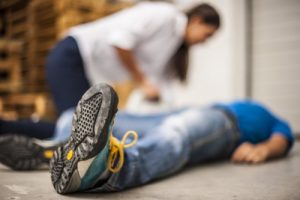
Partial seizures involve just one side of the brain. Partial seizures may be classified as simple or complex. Simple seizures usually involve a single part of the brain such as the motor area, sensory area, or others. The symptoms are related to the area affected; for example, the motor area will result in a change in motor activity such as a jerking finger or hand movement, or if in the sensory area, hearing sounds or smelling odors that are not present.
Complex partial seizures occur in the frontal or temporal lobe with the brain and often involve other areas of the brain that affect alertness and awareness.
These seizures result in daydream-like states and sometimes involve unusual activities like picking at the air as if something was there, repeating words or phrases, laughing, or other activities.
Causes of Epilepsy

There are a number of conditions that can result in epilepsy
- Birth defects,
- Deprivation of oxygen to the brain,
- Strokes,
- Severe head injuries,
- Brain infections,
- Brain tissue alteration (for example Alzheimer’s disease, Parkinson’s disease etc).
Epilepsy in Children
Many children prevent seizures by taking regular medication for few years. Approximately 70% to 80% of children can control their condition completely with medicine as long as they continue the medicine, but patient has seizures that still occur sporadically with medication.
Is Dravet Syndrome a Type of Epilepsy?

Dravet syndrome – formerly known as severe myoclonic epilepsy of infancy, is a genetic epilepsy, characterized by temperature-sensitive/febrile seizures. Dravet syndrome is an treatment-resistant (resistant to allopathic drugs) epilepsy that begins in the first year of life, and differences in childhood development.
Dravet is one particularly severe type of epilepsy. It causes a 300% higher likelihood of an early death.
Diagnosis
EEG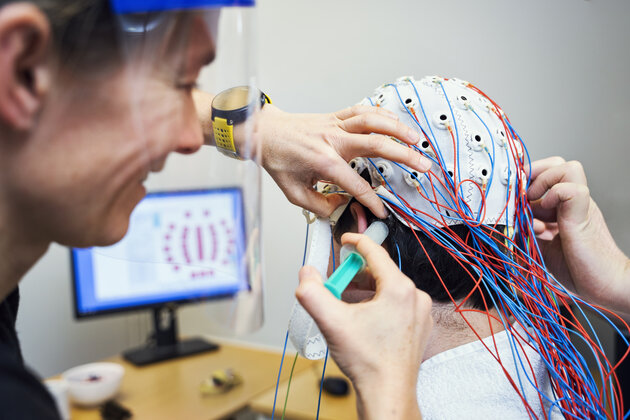
The diagnosis of epilepsy begins with a medical history and physical exam along with a detailed history that describes individual’s seizures. In addition, other tests such as an EEG (electroencephalogram) that records the brain’s electrical activity, and/or a CT or MRI of the brain, and blood tests may also be done.
Brain Scan
Images from the CT or MRI scans are useful because they help identify certain causes of seizures such as tumors or blood clots or they may suggest other causes responsible for the seizures.
Allopathic treatment for Epilepsy

In allopathy, anti-seizure medications are the most common treatment used to reduce or prevent seizure activity.
An allopath physician will likely prescribe one or more drugs to treat the specific type of seizure. This medication may need to be lifelong; patients should not stop taking the medication without first consulting the physician.
VNS (Vagus Nerve Stimulation)
VNS (vagus nerve stimulation) is a treatment technique designed to prevent seizures by sending regular, mild pulses of electricity to the brain by stimulating the vagus nerve. VNS is done by surgically implanting a small device like a pacemaker that stimulates the vagus nerve to send signals to the brain. These signals can reduce or eliminate seizure activity and are usually placed in people that respond poorly to seizure medication.
Epilepsy Surgery
In some patients who have partial or complex partial seizures and don’t respond to allopathic therapy, brain surgery may be an treatment choice for allopaths.
The surgery involves removing a single small area of the brain tissue that is responsible for seizure activity. Alternatively, surgery may be done to remove brain tumors that may be stimulating seizure activity.
The allopathic doctors are still researching on epilepsy to provide new medical therapies to increase the number of people who can fully control seizures and to reduce the side effects of treatments.
Treatment for Status Seizures
Prolonged (five minutes or greater) seizures may be termed status epilepticus. This condition is an emergency and requires emergency treatment to avoid hypoxia and other life-threatening problems. Frequently, status epilepticus is treated by intravenous medications and supplemental oxygen. Most patients with status epilepticus require hospital treatment and/or observation in the hospital.
Homeopathic treatment for Epilepsy
According to Homeopathic theory, treat the disease itself not the symptomes; that’s why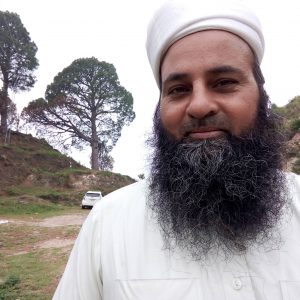 every patient has his/her own treatment and treatment duration. Almost all patient can find their absolutely normal life trake in very short time period without any lifelong medications and surgeries.
every patient has his/her own treatment and treatment duration. Almost all patient can find their absolutely normal life trake in very short time period without any lifelong medications and surgeries.
Here are few of medicines, which are in my (Dr Qaisar Ahmed MD, DHMS) experience are the best option:
Cicuta Maculata
Cicuta Maculata is a very effective homeopathic medicine for epilepsy where convulsions are marked by violent, body distortions, widely dilated pupils. Falls unconscious, tetanic or clonic convulsions. Body covered with sweat, horrific backward bending of the spine, face turn blue and trigger a locked jaw, bloody foam from nose and mouth. Every muscle in the body in powerful clonic spasm. Body and extremities cold. Head injuries. Dizziness. Head hot. Nausea and vomiting; frothy, glairy fluid.worms.
Cicuta Virosa
Bladder paralysis. Cancer. Catalepsy. Cerebro-spinal meningitis. Attacks of semi-lateral cephalalgia, with nausea, semi-lateral headache.Coccygodynia. Vertigo, and staggering, to the extent of falling. Giddiness, with falling forward. Concussions. Convulsions. Eczema. Epilepsy. Epithelioma. Pupils either much contracted or dilated. Suspension of the sight, with vertigo, on walking. Look fixed, sometimes from a sort of absence of mind. Facial eruption. Pallor and coldness of the face, with coldness of the hands. Hiccough. Hysteria. Suspicion and mistrust. Mania, with dancing, laughing, and ridiculous gestures. Thinks himself a young child. Impetigo. Meningitis. Myelitis. Numbness. Esophagus, stricture of. Paralysis. Psoriasis. Puerperal convulsions. Screaming. Strabismus. Stuttering. Tetanus. Trismus. Waking, weeping on. State of insensibility and immobility, with loss of consciousness and of strength. Attacks of catalepsy, with relaxation of all the muscles, and absence of respiration.
Agaricus Muscarious
Blepharospasm. Encephalomalacia (brain softening). Bunion. Chilblains. Chorea. Coldness. Cough. Cramp. Delirium tremens. Great loquacity; sings, talks, but does not answer questions. Morose, self-willed, stubborn, slow in learning to walk and talk.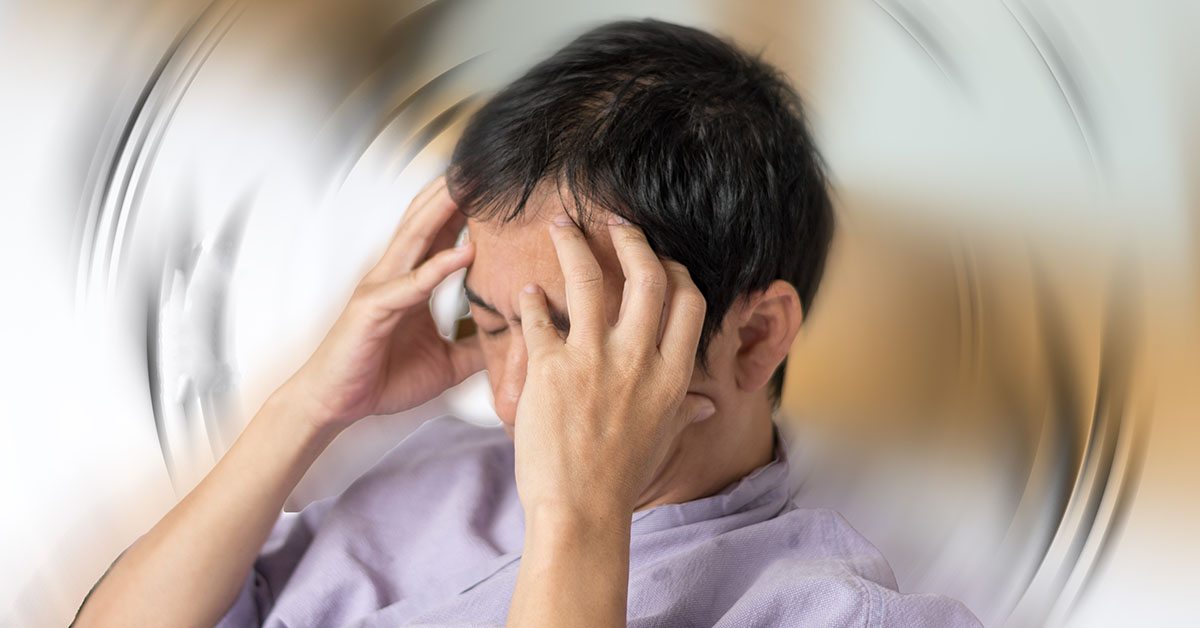 Enteric fever. Epilepsy (with great exertion of strength). Vertigo, with impulse to fall backward. The bright light of the sun instantly produces a dizziness, so as to occasion falling. General paralysis. Hyperpyrexia. Meningitis. Myopia. Neuralgia. Numbness. Nystagmus. Phthisis. Rheumatism. Sacrum, pains in. Sebaceous tumours. Sexual excess, effects of. Spinal Irritation. Spleen, affections of. Starting. Stitch in side. Tic Convulsif. Brownish spots (like flies) before the eyes. Black motes before the eyes. Myopia. Diplopia. Muscular asthenopia; nystagmus; squint. Clonic spasms.
Enteric fever. Epilepsy (with great exertion of strength). Vertigo, with impulse to fall backward. The bright light of the sun instantly produces a dizziness, so as to occasion falling. General paralysis. Hyperpyrexia. Meningitis. Myopia. Neuralgia. Numbness. Nystagmus. Phthisis. Rheumatism. Sacrum, pains in. Sebaceous tumours. Sexual excess, effects of. Spinal Irritation. Spleen, affections of. Starting. Stitch in side. Tic Convulsif. Brownish spots (like flies) before the eyes. Black motes before the eyes. Myopia. Diplopia. Muscular asthenopia; nystagmus; squint. Clonic spasms.
Cuprum Aceticum
Apoplexy. Brain affections. Memory weak; brain functions decreased. Absent-minded. Fixed ideas. Brow ague. Cerebro-spinal meningitis. Cholera Asiatica. Chorea. Maniacal talk; wakes screaming and scolding; tries to escape. sudden indistinct and double vision (paralysis of abducens nerve). Fear of falling. Vertigo with stupefaction; evacuation of bowels. Violent cephalalgia, with thirst and violent colic. Diarrhoea. Eruptions. Erysipelas. Hallucinations. Mania. Maniacal talk; wakes screaming and scolding; tries to escape. Hydrocephalus. Measles. Paralyses. Scarlatina. Inflammation of brain. Tetanic condition of jaws. Strabismus. Tapeworm. Uraemia. Whooping-cough.
Cuprum Arsenicosum
Cholera. Face haggard; expression of great suffering. Violent twitching and jerking of muscles. Cholerine. Chorea. Vertigo, confusion of ideas. Diarrhoea. Enteralgia. Paralysis (left side). Tremulousness of whole body, very noticeable on attempting to walk. Quivering, impossible to control. Great prostration Uterine neuralgia. Vomiting.
Cuprum Metallicum
Chlorosis. Cholera. Chorea. Convulsions. Cough. Cramps. Croup. Cyanosis. Dentition. Dyspnoea. Emissions. Epilepsy. Melancholy with attacks of extreme anguish. Eruptions. Erysipelas. Fainting. Convulsive laughter. Incoherent, delirious talk. Mildness, alternating with obstinacy. Gastric disturbance. Gout. Haematemesis. Dementia. Loss of sense and thought. Hysteria. Headache, in consequence of an epileptic attack. Inflammations. Larynx spasm. Spasmodic distortion of facial muscles. Mania. Measles. Meningitis. Neuralgia. Palpitation. Paralysis. Pneumonia. Psoriasis. Ringworm. Sleeplessness. Spasms, spasm in the jaw. Spinal irritation.
Artemisia Vulgaris
Best medicine in epileptic conditions, and convulsive diseases of childhood. Petit Mal Epilepsy which are characterized by staring into space, leaning forwards or backward, and stopping a sentence abruptly. It also addresses the fear that triggers epileptic attacks. Epilepsy without aura; after fright and other violent emotions and after masturbation. Several convulsions close together. Somnambulism. Gets up at night and works, remembers nothing in the morning.
and stopping a sentence abruptly. It also addresses the fear that triggers epileptic attacks. Epilepsy without aura; after fright and other violent emotions and after masturbation. Several convulsions close together. Somnambulism. Gets up at night and works, remembers nothing in the morning.
Oenanthe Crocata
Epileptiform convulsions; worse, during menstruation and pregnancy. Puerperal eclampsia; uraemic convulsions. Complete unconsciousness with terrible convulsions. Epilepsy after non appearance of menses in young girls, worse at the time when menses should have appeared. There is vomiting , tympanitis and semi priapism during the attack. The face is swollen and red with frothing of the mouth. Pains all over head, dizzy. Sudden and complete unconsciousness. Furious delirium, giddiness. Convulsions; opisthotonos.
Stramonium
Devout, earnest, beseeching and ceaseless talking. Loquacious, garrulous, laughing, singing, swearing, praying, rhyming. Sees ghosts, hears voices, talks with spirits. Rapid changes from joy to sadness. Violent and lewd. Delusions about his identity; thinks himself tall, double, a part missing. Religious mania. Cannot bear solitude or darkness; must have light and company. Sight of water or anything glittering brings on spasms. Delirium, with desire to escape.
Bufo Rana
Acts on the nervous system and skin. Uterine symptoms marked. Lymphangitis of septic origin. Symptoms of paralysis agitans. Epileptic attacks occur when patient sleep. Convulsive seizures occur during sleep at night, more or less connected with derangements of the sexual sphere, seem to come within the range of this remedy. Such epileptic attacks are accompanied by experiencing an aura in the genital regions. Seizures during menstruation. Sad, restless. Propensity to bite. Howling; impatient; nervous; imbecile. Desire for solitude. Feeble-minded.
Kali Bromatum
General failure of mental power, loss of memory, melancholia, senselessness of the mucous membranes, especially of eyes, throat, and skin; acne; loss of sexual desire, paralysis. Suicidal mania with tremulousness. Mental dullness , and slowness of expression. Epilepsy (in patients with salt-free diet). Mind profound, melancholic delusion; feeling of moral deficiency; religious depression; delusions of conspiracies against him. Night terrors. Horrid illusions. Active delirium.
Hyoscyamus
Some epileptic fits are followed by a deep sleep. Perfect picture of mania of a quarrelsome and obscene character. Inclined to be unseemly and immodest in acts, gestures and expressions. Very talkative, and persists in stripping herself, or uncovering genitals. Is jealous, afraid of being poisoned. Very suspicious. Talkative, obscene, lascivious mania, uncovers body; jealous, foolish. Great hilarity; inclined to laugh at everything. Delirium, with attempt to run away. Low, muttering speech; constant carphologia, deep stupor, fidgeting with bedclothes, fidgeting with fingers, and muscular twitching. Pupils dilated, sparkling, fixed. Eyes open, but does not pay attention; downcast and dull, fixed, spasmodic closing of lids.
Belladonna
Belladonna acts upon every part of the nervous system, producing active congestion, furious excitement, perverted special senses, twitching, convulsions and pain. Hot, red skin, flushed face, glaring eyes, throbbing carotids, excited mental state, hyperaesthesia of all senses, delirium, restless sleep, convulsive movements, dryness of mouth and throat with aversion to water, neuralgic pains that come and go suddenly (Oxytropis). Heat, redness, throbbing and burning. Epileptic spasms followed by nausea and vomiting. Scarlet fever and also prophylactic. Vertigo, with falling to left side or backwards. Exophthalmic goitre. Corresponds to the symptoms of “air-sickness” in aviators. No thirst, anxiety or fear. Violence of attack and suddenness of onset. Thyroid toxaemia. Patient lives in a world of his own, engrossed by specters and visions and oblivious to surrounding realities. Pupils dilated. Eyes feel swollen and protruding, staring, brilliant; conjunctiva red; dry, burn; photophobia; shooting in eyes. Exophthalmos. Ocular illusions.
Nux Vomica
The typical Nux patient is rather thin, spare, quick, active, nervous, and irritable, sensitive to all impressions. Ugly, malicious. Cannot bear noises, odors, light, etc. Does not want to be touched. Time passes too slowly. Even the least ailment affects her greatly. Disposed to reproach others. Sullen, fault-finding. Over sensitiveness. Headache in the sunshine. Photophobia.
Hypericum Perforatum
The great remedy for injuries to nerves. Lockjaw. Epilepsy due to trauma.
Nattum Sulphurcum
Melancholy, with periodical attacks of mania. Suicidal tendency; must exercise restraint. Inability to think. Dislikes to speak, or to be spoken to. Vertigo. Effects of falls and injuries to the head, and mental troubles arising therefrom. Dreams of running water.
Plumbum Metallicum
Epilepsy due to tumors in the brain. Delirium, coma and convulsions. Hypertension and arteriosclerosis. Progressive muscular atrophy. Infantile paralysis. Locomotor ataxia. Excessive and rapid emaciation. Bulbar paralysis. Important in peripheral affections. The points of attack for Plumbum are the neurexins and the anterior horns. Symptoms of multiple sclerosis, posterior spinal sclerosis. Contractions and boring pain. All the symptoms of acute. Nephritis with amaurosis and cerebral symptoms.
Zincum Metallicum
Cerebral depression. Defective vitality. Impending brain paralysis. Convulsions, with pale face and no heat. Anaemia with profound prostration. Very sensitive to noise. Averse to work, to talk. Repeats everything said to… Fears arrest on account of a supposed crime. Melancholia. Lethargic, stupid. Paresis. Feels as if he would fall to left side. Lameness, weakness, trembling and twitching of various muscles. Convulsions, with pale face.
Ketogenic Diet

Researchers have found that a “classic” ketogenic diet can reduce or eliminate seizures in some children and a few adults. The diet has been used for about 100 years for people with epilepsy. It is a high fat, low carbohydrate diet that helps your body produce ketones. People who have high ketones are better able to control their seizures. The diet is strict and is often begun in a hospital setting. It has proven successful with some children who do not respond well to medication. It also may be used in conjunction with anti-seizure medication in some people.
For consultation; Feel free to whatsapp us or visit our clinic.
P. S : This article is only for doctors having good knowledge about Homeopathy and allopathy, for learning purpose(s).
For proper consultation and treatment, please visit our clinic.
Location, address and contact numbers are given below.
NoN of above mentioned medicine(s) is/are the full/complete treatment, but just hints for treatment; every patient has his/her own constitutional medicine.
To order medicine by courier, please send your details at WhatsApp– +923119884588
 Dr. Sayyad Qaisar Ahmed (MD {Ukraine}, DHMS), Abdominal Surgeries, Oncological surgeries, Gastroenterologist, Specialist Homeopathic Medicines.
Dr. Sayyad Qaisar Ahmed (MD {Ukraine}, DHMS), Abdominal Surgeries, Oncological surgeries, Gastroenterologist, Specialist Homeopathic Medicines.
Senior research officer at Dnepropetrovsk state medical academy Ukraine.
Location: Al-Haytham clinic, Umer Farooq Chowk Risalpur Sadder (0923631023, 03119884588), K.P.K, Pakistan.
Find more about Dr Sayed Qaisar Ahmed at :
https://www.youtube.com/Dr Qaisar Ahmed
